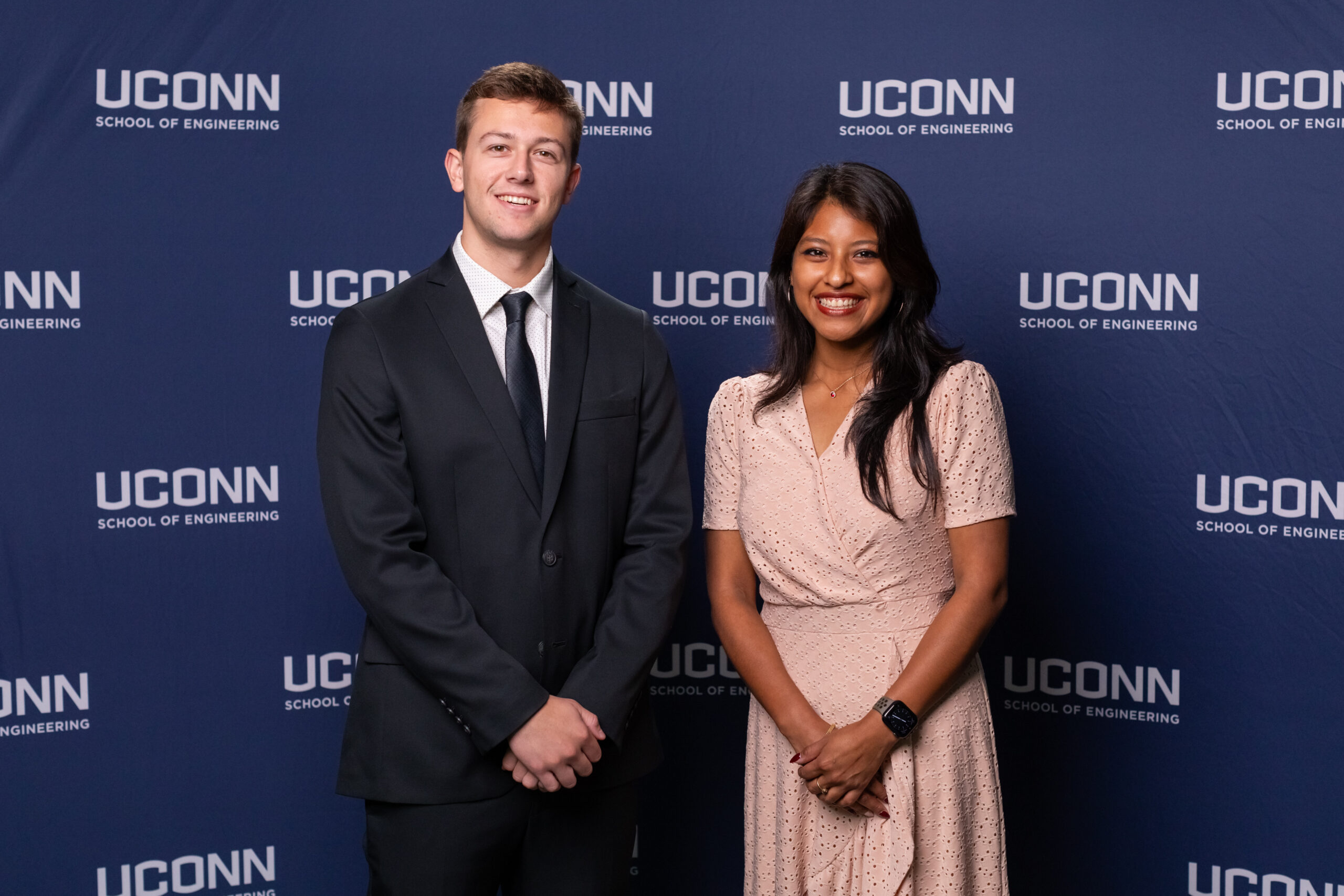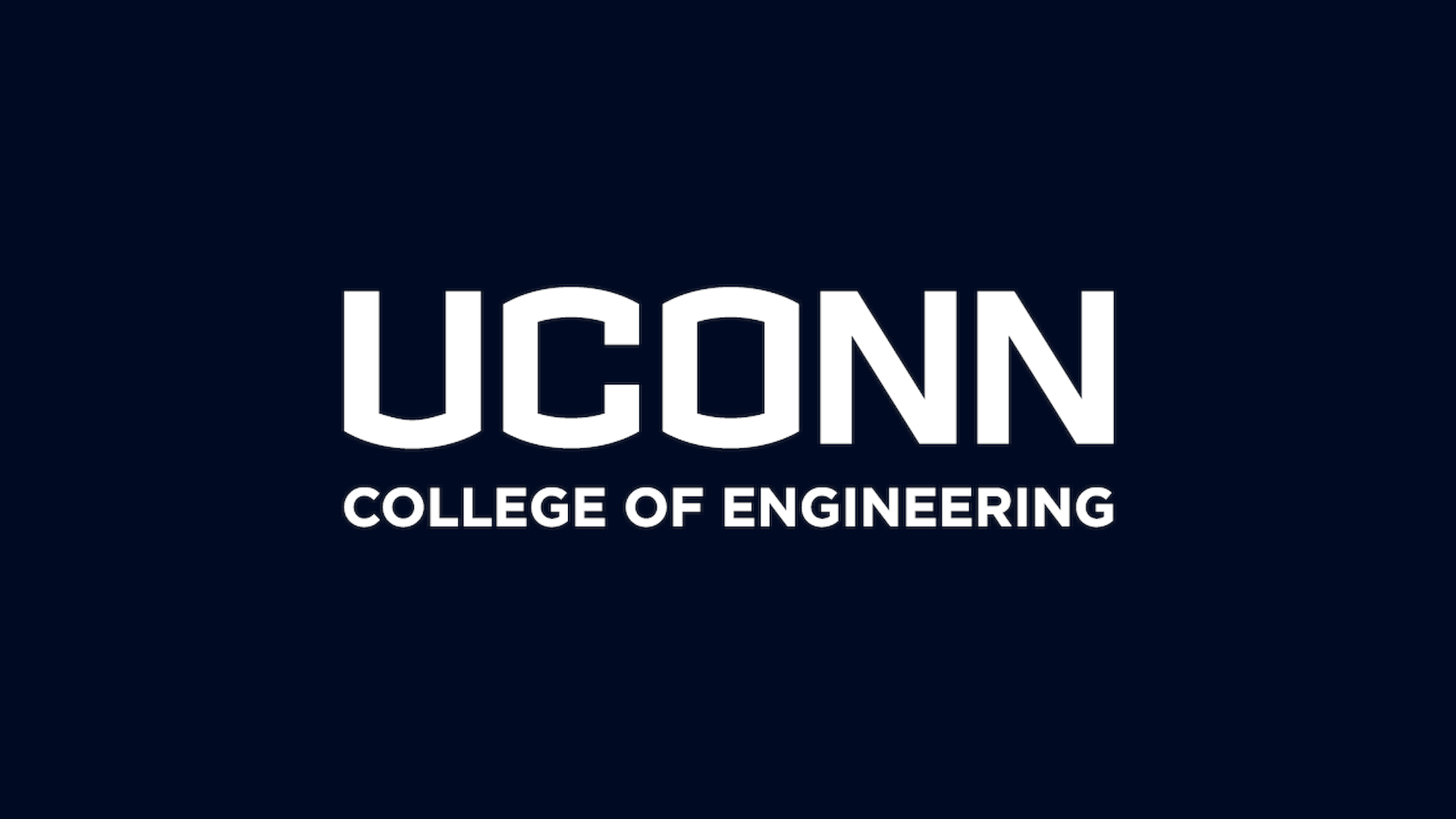

This video contains proprietary information and cannot be shared publicly at this time.
Figure 1

Team 46
Team Members |
Faculty Advisor |
Evan Kluge |
Osama Bilal Sponsor Acc Masters |
sponsored by

Multifunctional Metamaterial to Attenuate Acoustic and Elastic Waves
The goal of the project was to research, design, and fabricate a metamaterial that is capable of effectively attenuating both elastic, meaning vibrations through solids, and acoustic, meaning noise propagating through air, waves. The metamaterial was tailored to operate within specific parameters, including an operating frequency range under 100 Hz, with load capabilities of up to 10 lbs, and a high stiffness-to-weight ratio greater than 1 MPa/kg. The project followed a two-branch approach where the elastic and acoustic unit cells were researched and created separately, before merging them into one single unit cell that can attenuate both elastic and acoustic waves. The elastic unit cell was modeled based on a gyroid, which has an excellent stiffness-to-weight ratio, but does not exhibit any attenuating characteristics. The acoustic unit cell was modeled based on a Helmholtz resonator, which can be tuned to attenuate desired frequencies. Both unit cells were manipulated until a bandgap, region of attenuation, was formed. After this, the unit cells were combined into a single unit cell that was successfully able to attenuate both elastic and acoustic waves at the required frequency. Experimental testing was then conducted on the unit cell with lab equipment including a signal generator, speakers, microphones, and software for data conversion for the acoustic testing. A Vibrometer and software for data conversion was used for the elastic testing.
